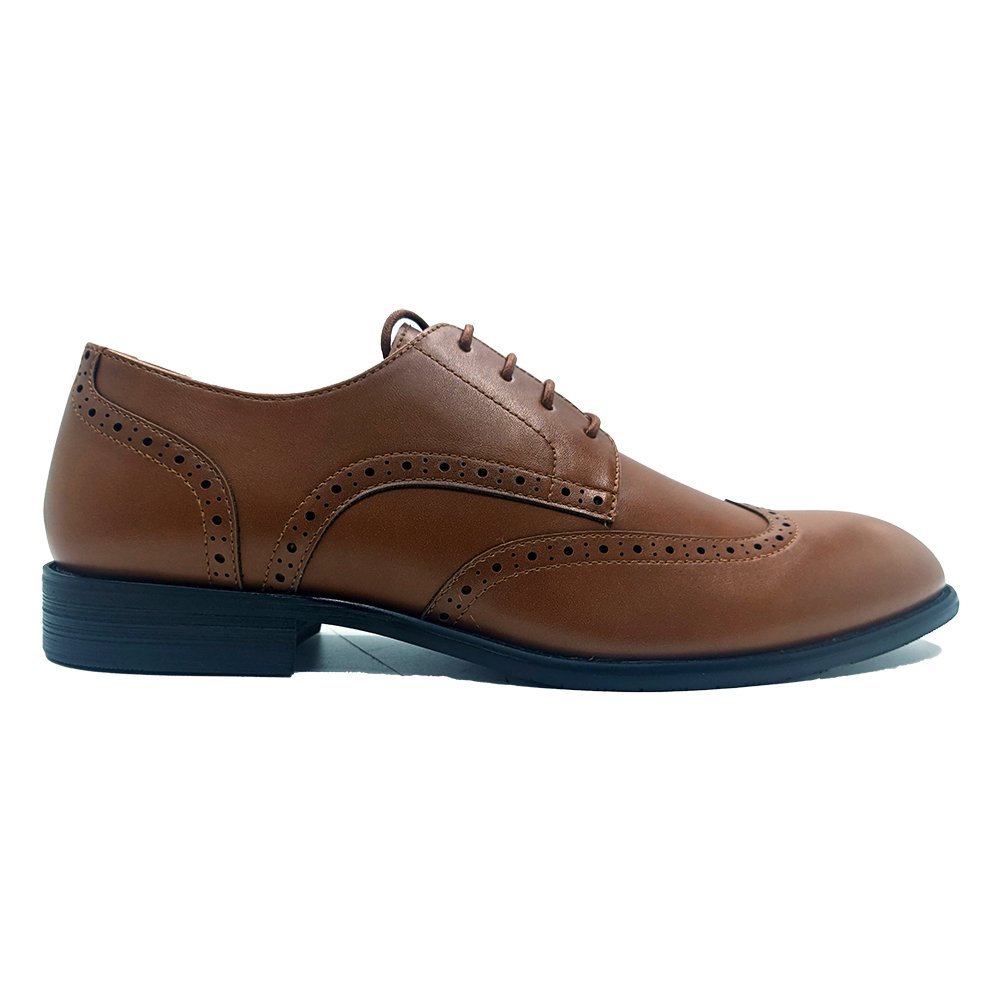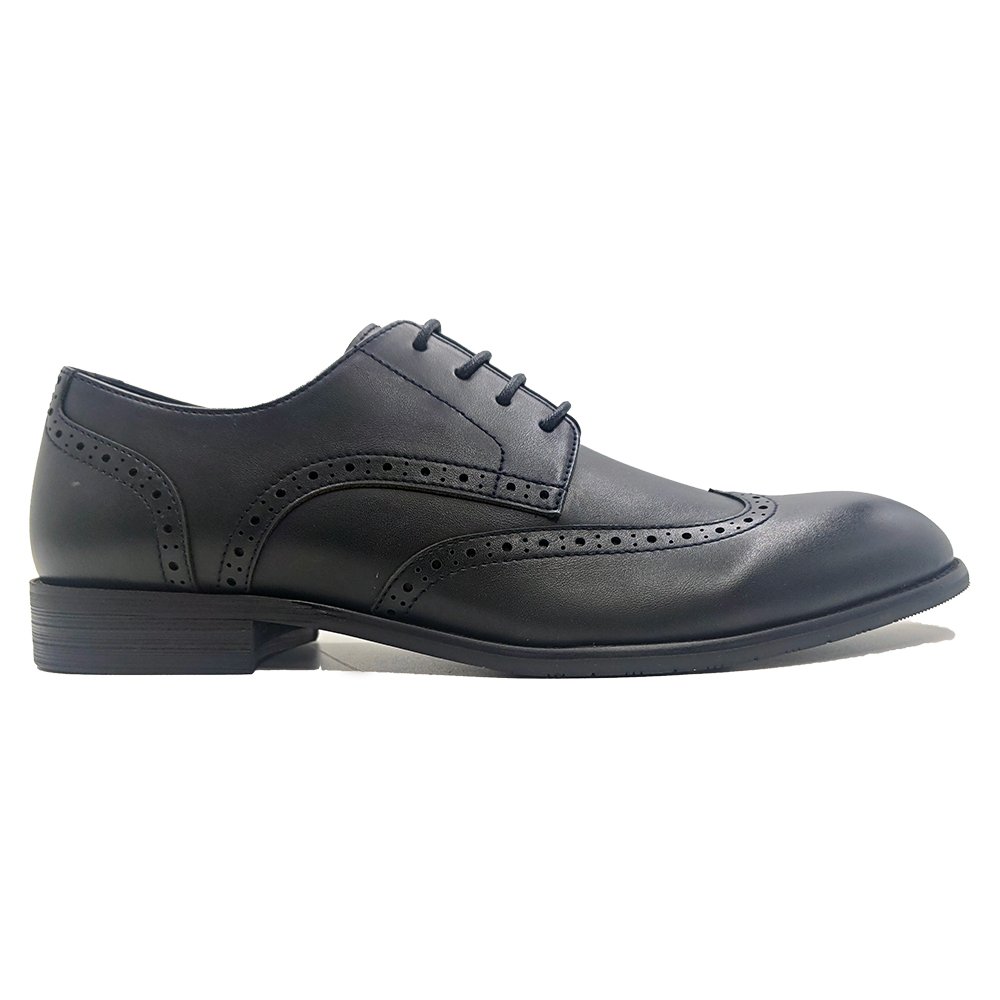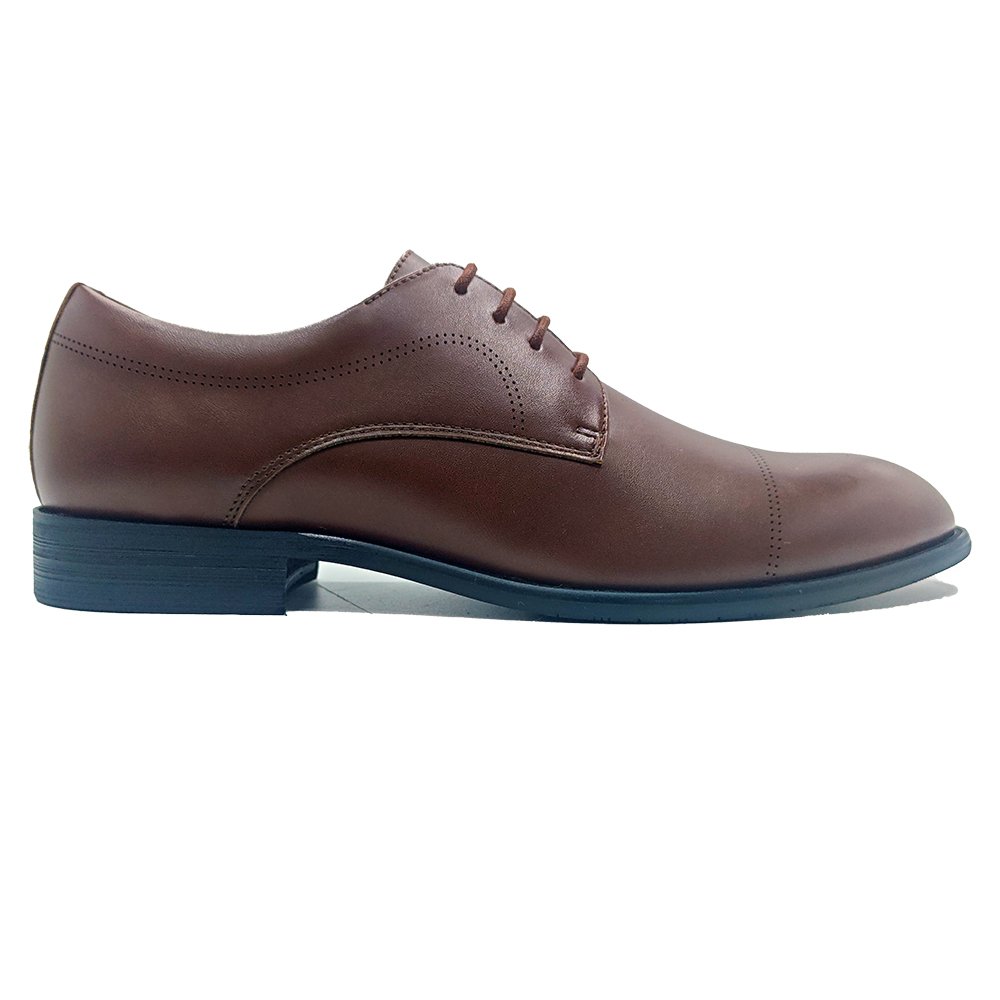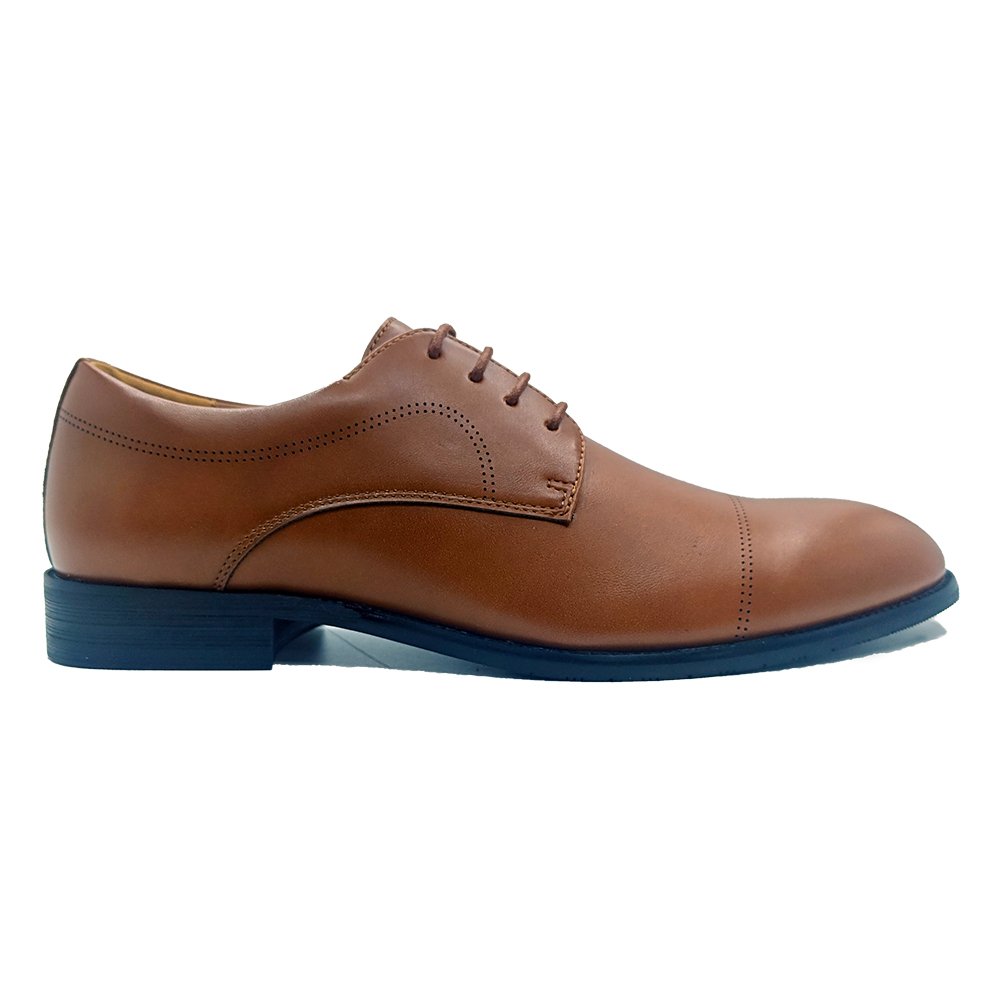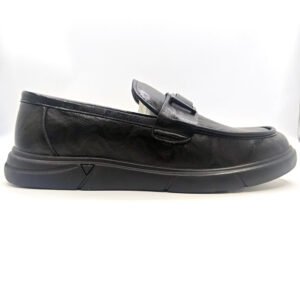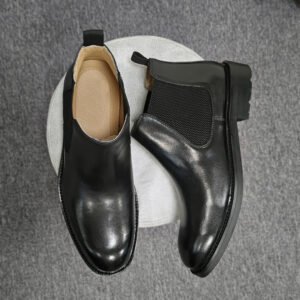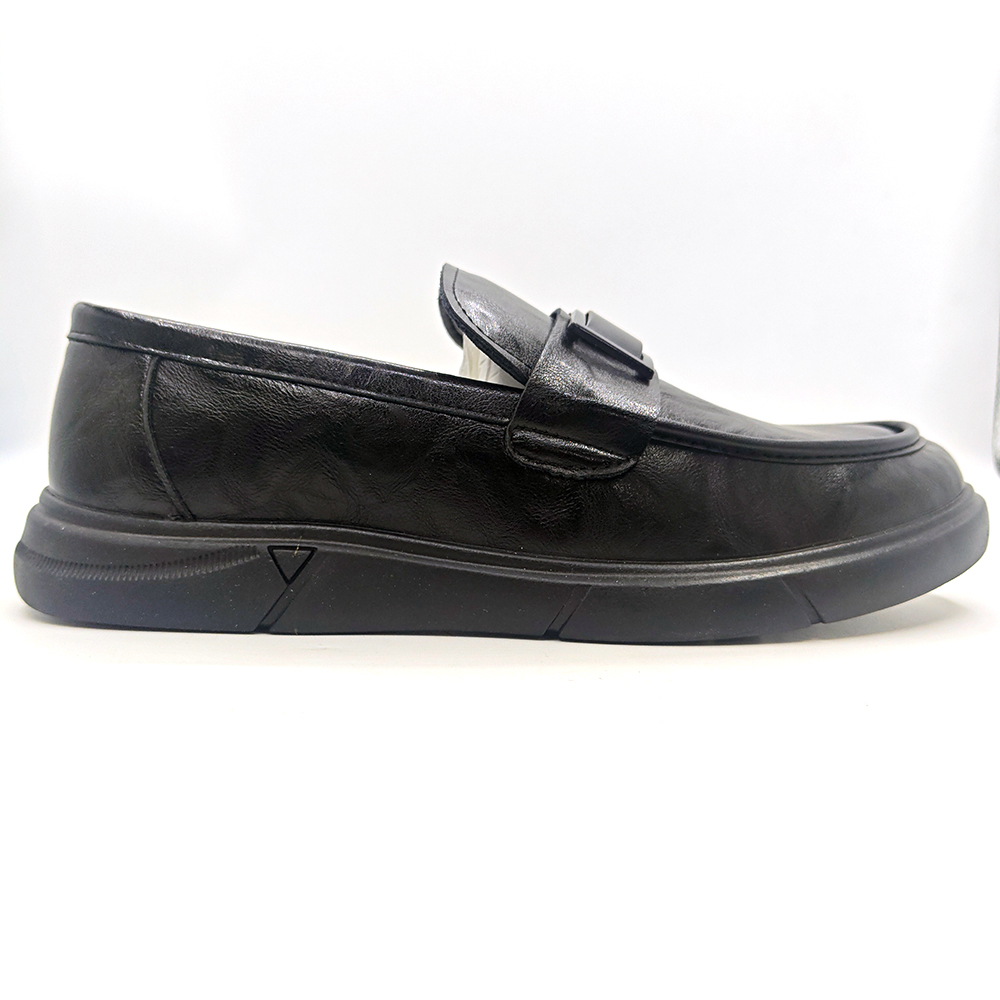Last Updated on 2025-09-06 by Topmenz Shoes
In the world of formal shoes three styles reign supreme: Oxfords, Derbies, and Loafers. Each carries a distinct heritage, design philosophy, and sartorial purpose. Whether you’re dressing for a boardroom presentation, a wedding, or a sophisticated evening event, understanding the differences between these iconic shoes is essential. As a custom shoe factory with decades of expertise, we’ll dissect these timeless classics, explore their unique features, and guide you in choosing the perfect pair for every occasion.
1. Oxford Shoes: The Epitome of Formality
1.1 Historical Origins
19th-Century Roots: Oxfords originated in Scotland and Ireland as a student shoe, later refined by Oxford University students who popularized its closed-lace design.
Evolution: By the 20th century, Oxfords became synonymous with formal shoes menswear, favored by politicians and businessmen.
1.2 Design Characteristics
Closed Lacing System: The quarters (side panels) are stitched under the vamp (front panel), creating a sleek, seamless appearance.
Toe Styles:
Plain Toe: Minimalist and versatile.
Cap Toe: A stitched overlay across the toe, ideal for business attire.
Wingtip: Brogue detailing extending to the sides, suited for semi-formal events.
Materials: Traditionally crafted from polished calfskin or patent leather for black-tie events.
1.3 Occasions to Wear
Black-Tie Events: Patent leather Oxfords with a plain toe.
Business Formal shoes: Cap-toe Oxfords in black or dark brown.
Weddings: Wingtip Oxfords with brogue accents for a touch of flair.
1.4 Customization Options
Bespoke Lasts: Tailored to accommodate high arches or wide feet.
Exotic Materials: Crocodile leather or velvet for luxury seekers.
2. Derby Shoes: The Versatile Classic
2.1 Historical Origins
Military Heritage: Derbies (known as Bluchers in the U.S.) were designed in the 19th century for Prussian soldiers, prioritizing ease of wear.
Transition to Civilian Use: Adopted by the British aristocracy for country pursuits, later mainstreamed as a business staple.
2.2 Design Characteristics
Open Lacing System: The quarters are stitched on top of the vamp, allowing adjustable fit and a roomier toe box.
Toe Styles:
Plain Toe: Clean and adaptable.
Brogue Derby: Decorative perforations for a semi-formal aesthetic.
Materials: Suede for casual elegance, polished leather for office wear.
2.3 Occasions to Wear
Business Casual: Brown suede Derbies paired with chinos.
Cocktail Parties: Brogue Derbies in oxblood.
Travel: Comfortable for long walks due to adjustable laces.
2.4 Customization Options
Wide Fit Solutions: Ideal for those with bunions or swollen feet.
Mixed Materials: Contrast stitching or two-tone designs.
3. Loafers: The Sophisticated Slip-On
3.1 Historical Origins
Norwegian Roots: Inspired by 19th-century fisherman moccasins.
American Reinvention: Popularized by the Ivy League in the 1950s as a casual alternative to lace-ups.
3.2 Design Characteristics
Slip-On Construction: No laces, often featuring a strap, bit, or tassel as decoration.
Key Styles:
Penny Loafers: A diamond-shaped slit on the strap (originally held a penny for payphones).
Horsebit Loafers: Metal hardware inspired by equestrian gear (a Gucci hallmark).
Tassel Loafers: Decorative tassels for a preppy vibe.
Materials: Soft leather, suede, or even embroidered fabrics.
3.3 Occasions to Wear
Business Casual: Horsebit loafers with tailored trousers.
Summer Weddings: Tassel loafers in tan suede.
Weekend Outings: Penny loafers with jeans or shorts.
3.4 Customization Options
Monogramming: Initials embossed on the strap.
Sole Upgrades: Rubber soles for urban durability.
-
Rated 0 out of 5
-
Rated 0 out of 5
-
Rated 0 out of 5
-
Rated 0 out of 5
4. A Comparison of Various Kinds of formal Shoes
4.1 Formality Ranking
Oxfords: Most formal (closed lacing, sleek silhouette).
Derbies: Semi-formal (open lacing adapts to suits or smart-casual looks).
Loafers: Casual to semi-formal (depends on material and detailing).
4.2 Comfort & Fit
Oxfords: Snug fit, best for narrow feet.
Derbies: Adjustable laces suit wider feet.
Loafers: Roomy but require precise sizing to avoid slippage.
4.3 Styling Flexibility
Oxfords: Strictly formal or business settings.
Derbies: Bridge formal and casual; pair with suits or blazers.
Loafers: Versatile for office-to-evening transitions.
4.4 Durability
Oxfords & Derbies: Goodyear-welted soles ensure longevity.
Loafers: Blake stitching offers flexibility but may need earlier resoling.
5. How to Choose formal shoes: Oxfords vs. Derbies vs. Loafers
5.1 For the Corporate Warrior
Oxfords in black or dark brown for boardrooms.
Derbies in burgundy for client dinners.
5.2 For the Style Maverick
Tassel Loafers in emerald green for bold statements.
Brogue Derbies with contrast soles for artistic flair.
5.3 For the Practical Traveler
Penny Loafers in supple leather for all-day comfort.
Derbies with rubber soles for unpredictable weather.
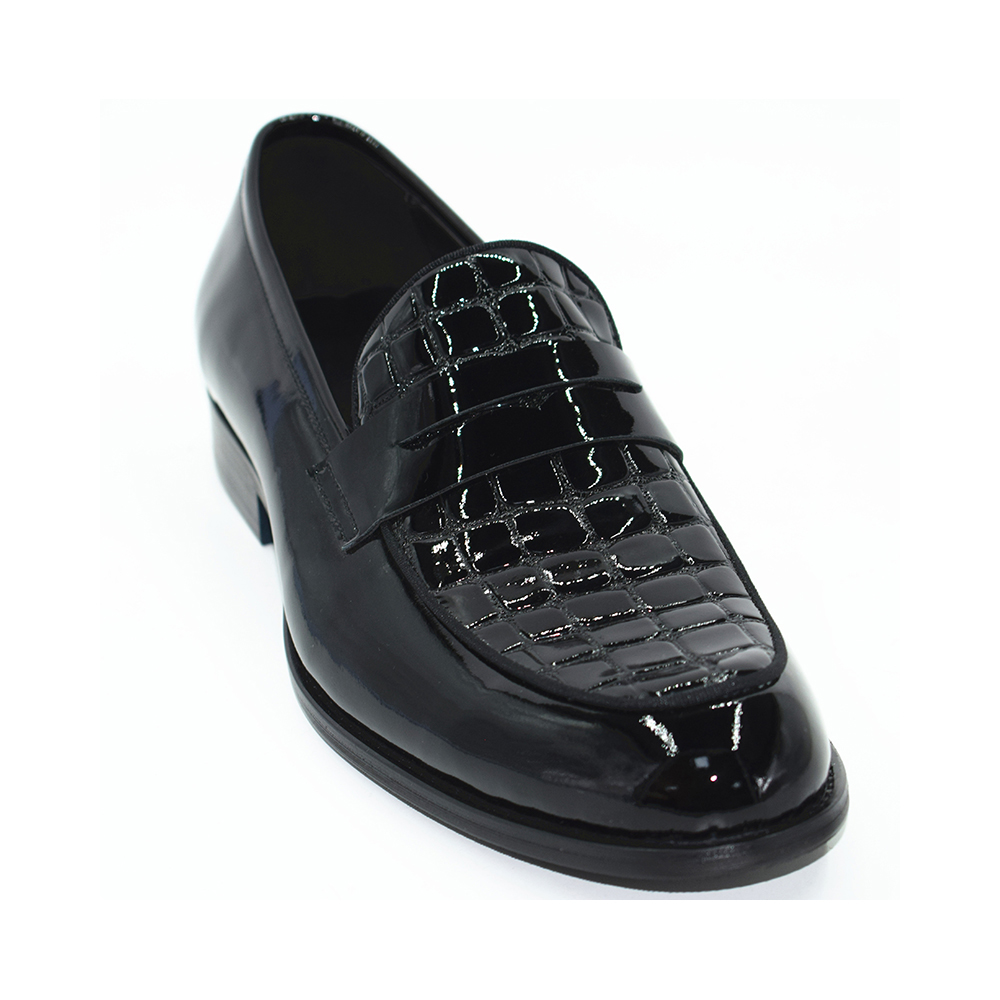
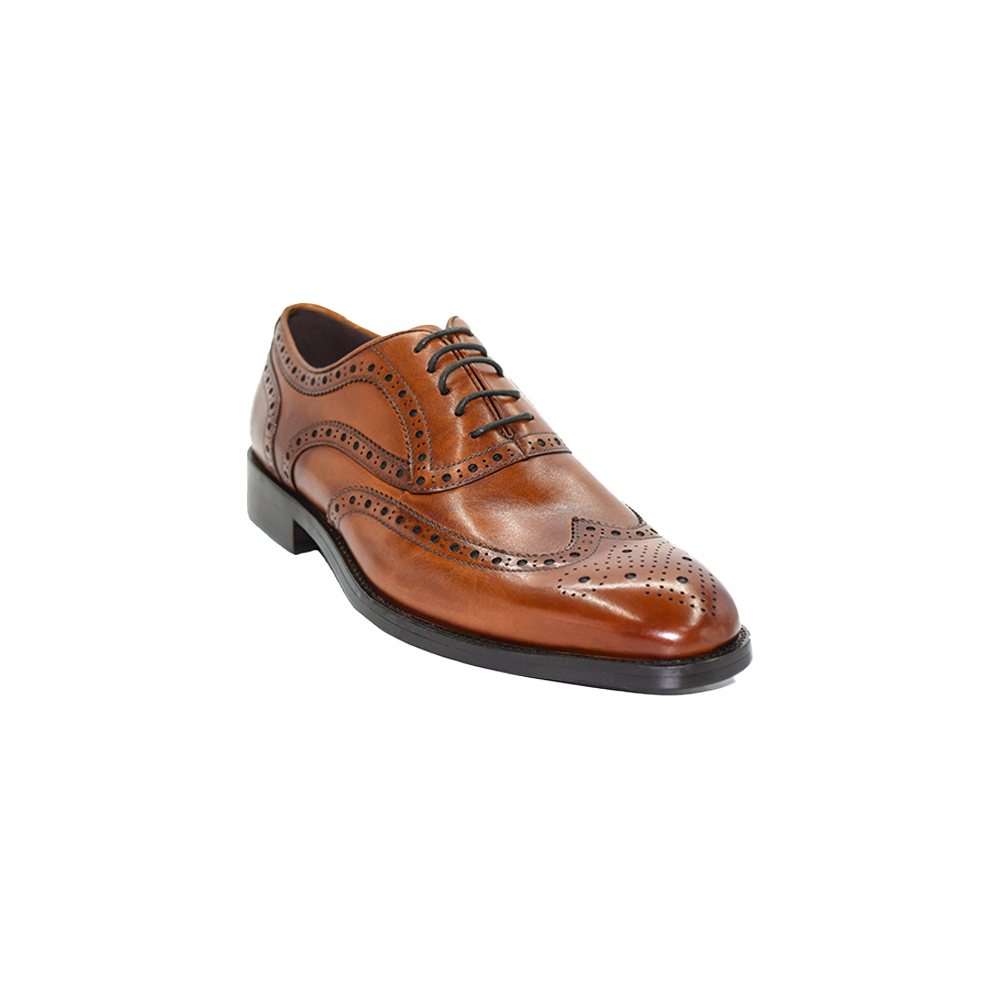
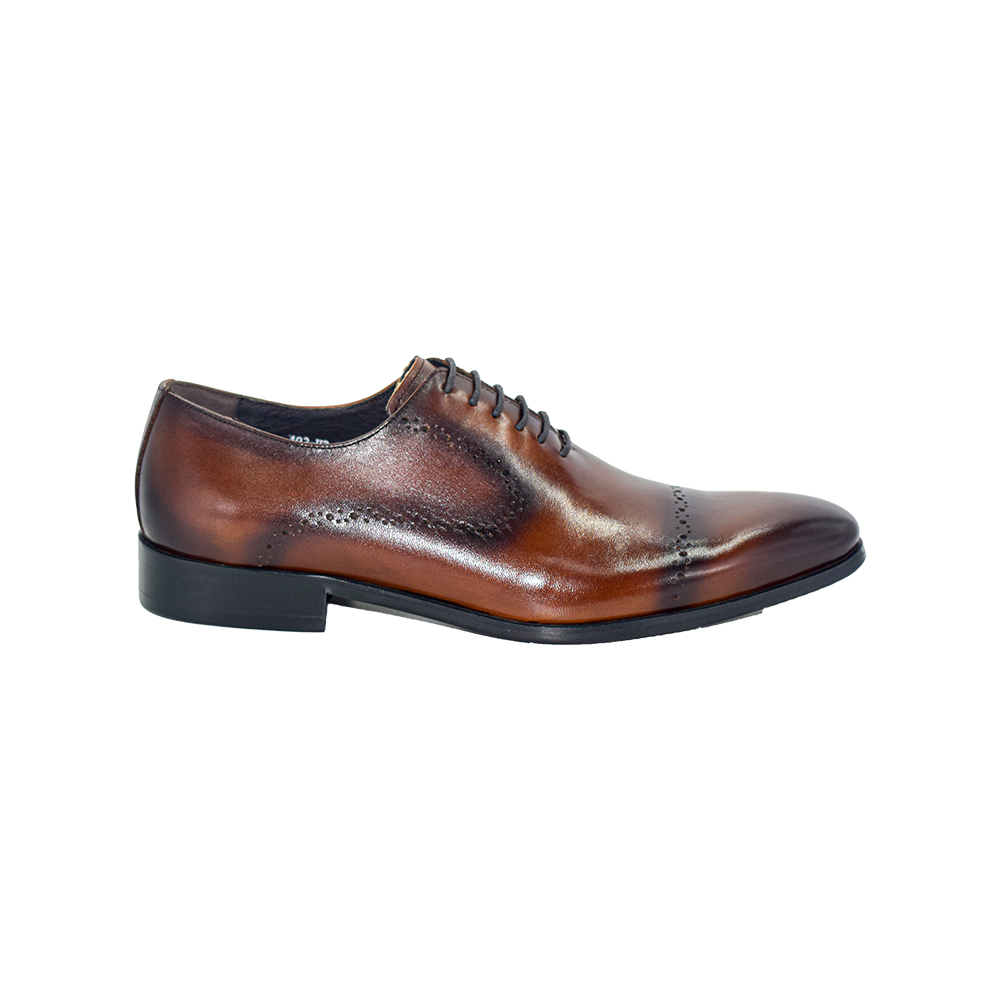

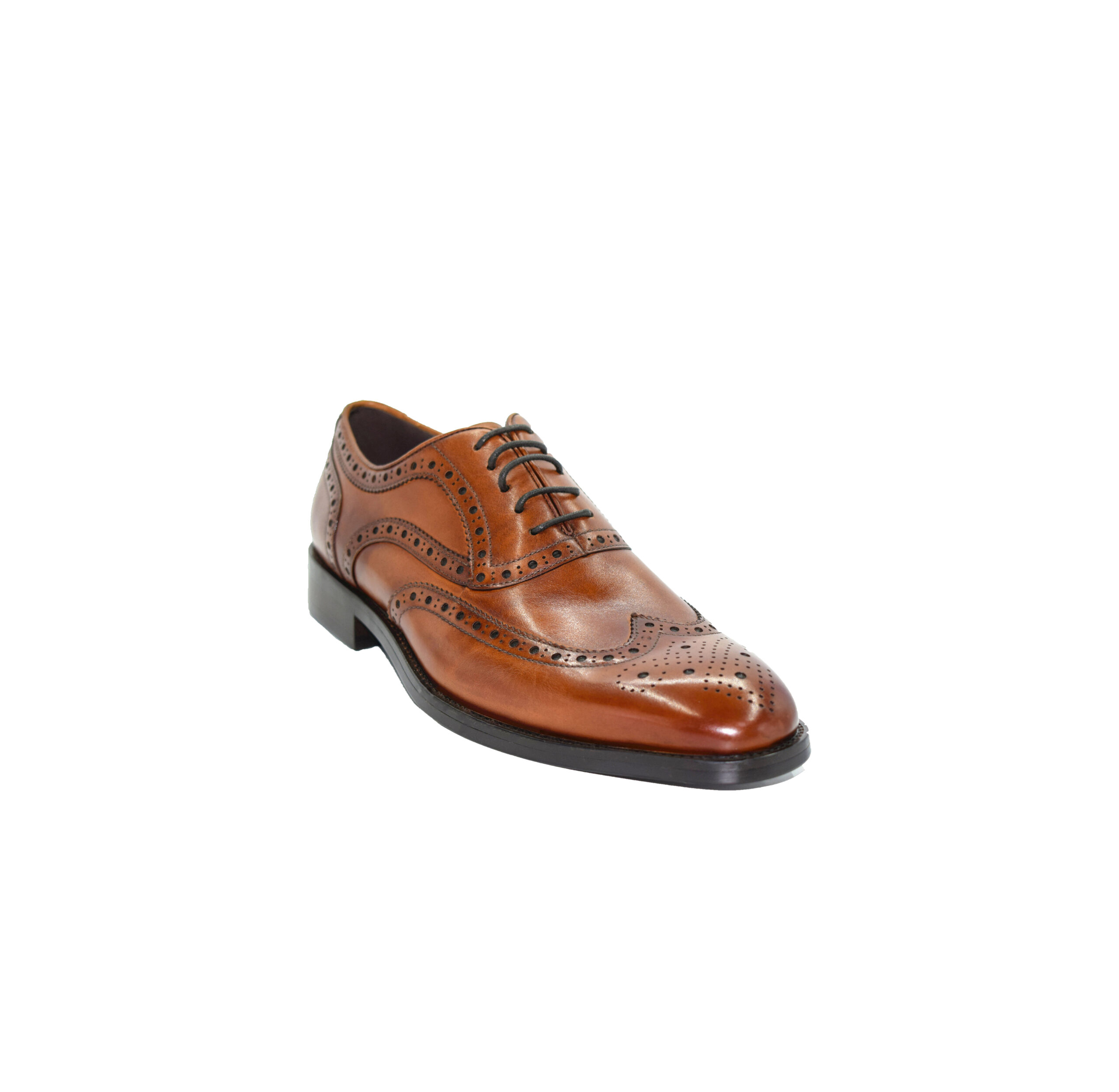
6. Care Tips for formal shoes
6.1 Oxfords & Derbies
Polishing: Use wax-based polish for a mirror shine.
Storage: Cedar shoe trees to absorb moisture.
6.2 Loafers
Suede Care: Brush with a nylon brush to revive nap.
Avoid Overflexing: Store flat to prevent creasing.
7. Why Choose Custom-Made Formal Shoes?
As a bespoke factory, we emphasize these advantages:
- Perfect Fit: 3D-scanned lasts for orthopedic precision.
- Unique Designs: Mix leathers, add embroidery, or choose rare materials.
- Sustainability: Repairable construction reduces waste.
choose the right formal shoes
Oxfords, Derbies, and Loafers each hold a unique place in the pantheon of formal shoes. Whether you prioritize tradition (Oxfords), versatility (Derbies), or ease (Loafers), the right pair reflects your personality and elevates your style. At our factory, we blend centuries-old craftsmanship with modern innovation to create shoes that are not just worn but cherished. Explore our custom collections and step into a world where every detail is tailored to you.
Any questions pls contact custom shoes expert Whatsapp +86 13392749315 and Get the latest news and updates straight to your email inbox.


